Last Updated on 05/17/2015 by Julius Motal
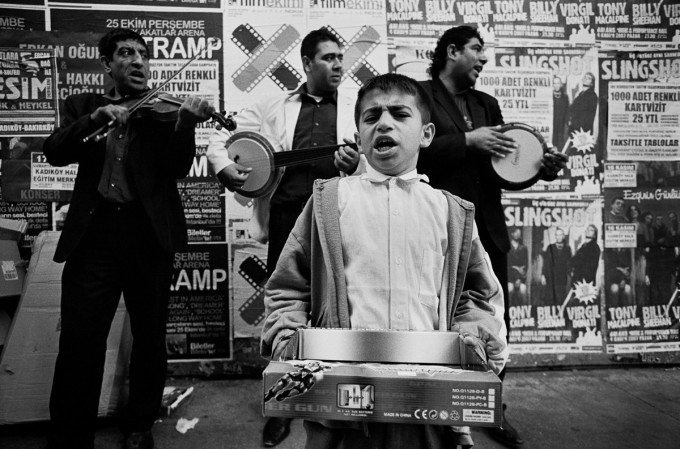
All images are copyrighted and used with permission by the photographers.
In the pantheon of photographic endeavors, there few things more rewarding, and oftentimes more frustrating and demanding, than a long-term project. Short-term projects can take several weeks or a couple of months, but long-term projects take years, which can be both disconcerting and invigorating. Over the course of a project, you might amass several hundred or several thousand images, but the final edit will be much less than that, depending on the shape it will take: a book, a series, etc. There’ll be days when it feels like the images are fantastic, and there’ll be days when it feels like they’re terrible. The most important thing is to stay committed, and that can be the most difficult thing.
Arjen Zwart has been photographing a Gypsy family in Turkey for 14 years. Zwart, a Dutch photographer, first came across a young Gypsy boy playing a darbuka, a small hand drum, on the street in Istanbul. There was a photograph there, and as he was photographing, he saw that he had the father, who was standing a short distance away, approved.
“The problem, especially in the beginning, was that everybody is so excited when you come with a camera there, that as soon as I touched my camera, everybody jumped in front of the lens,” Zwart said of early years of his project.
This largely didn’t allow for the spontaneity that Zwart sought in his photographs. The idea with a project like this is to have a certain degree of invisibility, so that life can continue unabated and unaffected by the photographer’s presence. Getting the shots you know won’t work can be frustrating, but once a certain level of access and trust is acquired, it’s important to stay the course and find ways to get the shots that work. For Zwart, that meant changing his approach.
“When I go there, I don’t start shooting directly. I have the camera, but I don’t show the camera. It’s in my bag, and then after a while, we drink tea,” Zwart said. “Then things start to happen, which is interesting. Then I take my camera slowly, and just let things happen.”
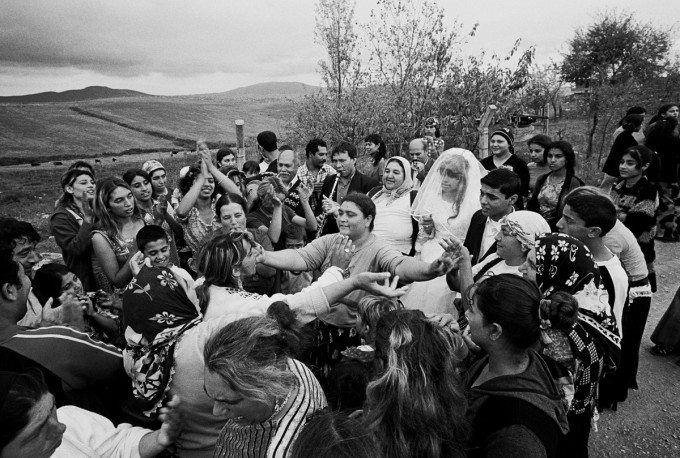
It’s important to become a part of the social fabric, to blend in enough that you’re an accepted part of the community. By keeping the camera hidden until the opportune moment, the focus is on whatever’s happening, rather than the machine in Zwart’s hand.
Diving deep into a subject is a period of discovery, both in who you are as a photographer and the types of images that you produce. It’s also a period of a rediscovery, at least in the case of Charlie Kirk, a photographer who came to Istanbul from England by way of Tokyo.
Kirk’s working on a long-term project about change in Turkey, culturally and politically, where he’s been for several years. The working title is “Katil Var” (“There is a murder.”). He visited Istanbul once before moving there, and made some images that sparked his interest. His project didn’t get started the moment he moved there. Rather, it began to take shape over time, and as his ideas developed, photographs he made before the start of the project took on new meaning.
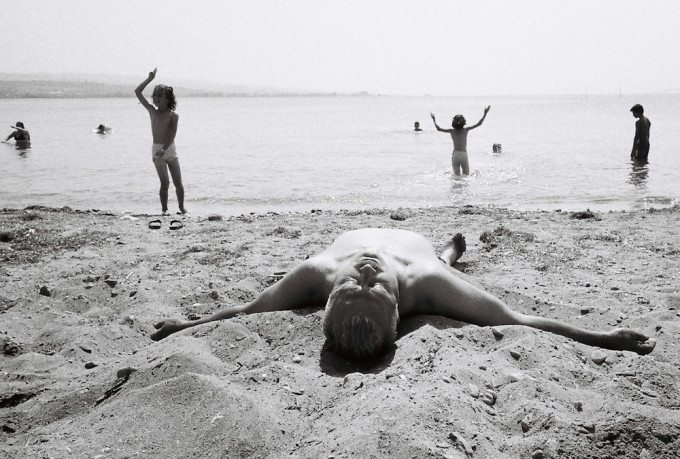
“When I looked back at my street kind of images from the first summer that I was here, I started to see things in those images that I didn’t really recognize either at the time of shooting or the time of editing,” Kirk said.
One of Kirk’s adages is, “Shoot freely. Meaning can be applied to your images later – either through their content, symbolism and position within a sequence.” He found things in older images that fit what he’s looking to express through his project that will eventually become a book. His project, however, is somewhat more abstract that Zwart’s “No one dies at a Gypsy wedding,” which can make photographs that much harder to find. For Kirk, every day can be a struggle.
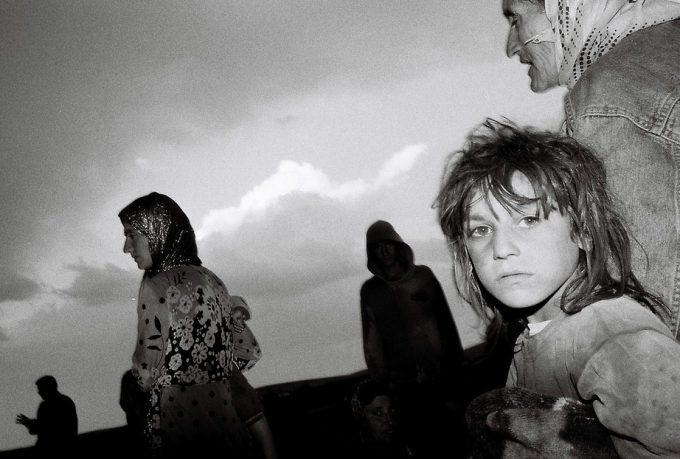
“If I travel I get excited about shooting again because my eyes are fresh,” Kirk said of a way in which he can push through slumps. Alternatively, he looks at great work by other photographers to pull himself out of a rut.
Oftentimes, it’s as simple as heading out everyday, which is what Esa Ylijaasko does for his project “A Paradise Full of Song.” Ylijaasko has been photographing several families of Syrian refugees in a small neighborhood in Istanbul for almost a year and a half, though the project is far from finished.
“Communication is the hardest part,” Ylijaasko said of the difficulty involved in photographing them. He hails from Finland, and speaks some Turkish and very limited Arabic, which the refugees speak.
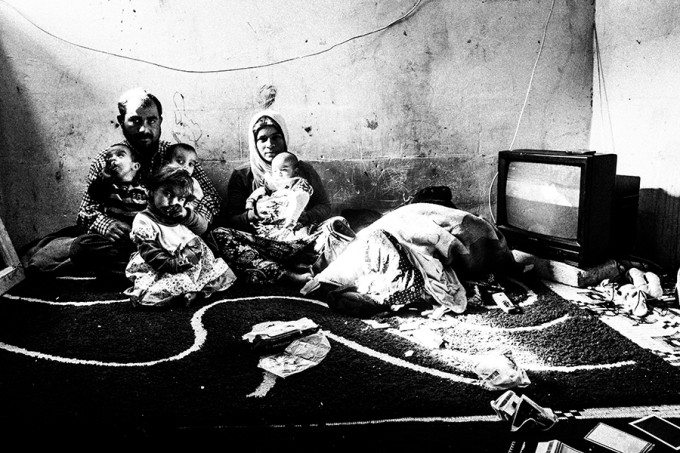
His communication is largely relegated to gestures, words and occasionally Google translate. While he can communicate that he wants to photograph, he can’t readily communicate why he wants to photograph. They take it largely on faith that he has good intentions, and as a sign of good will, he often gives them prints of the images, whether it’s from his X-Pro1 or a positives from his Polaroid Land Camera.
Ylijaasko heads to their neighborhood most days out of every week when he’s in Istanbul. He returns to Finland a couple of times a year to work in construction in order to make enough money to sustain himself when he’s in Istanbul, giving himself as much time as possible to create images.
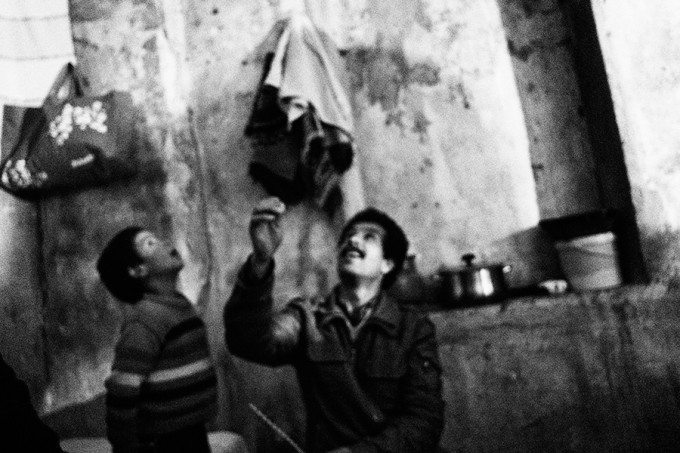
Perhaps the best way to stay committed to a long term project is to just pick up the camera and step outside, which Zwart, Kirk and Ylijaasko all do. The final product isn’t immediately apparent, and sometimes won’t be for a good long while. Yet, once it starts to take shape, editing becomes that much more important, and it’s good to have a small circle of trusted friends to talk to about your project.
If you’ve got an idea, start shooting. Just know that the work isn’t over when you feel you’ve made enough photographs. The editing process can be more involved than the time spent shooting, but as defeating as it may seem, it’s paramount to not lose sight of your project.

